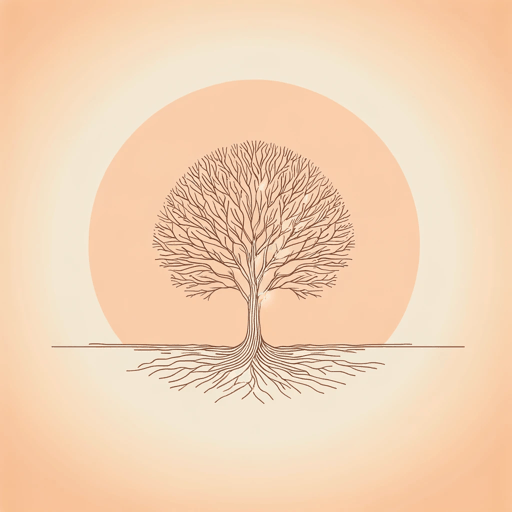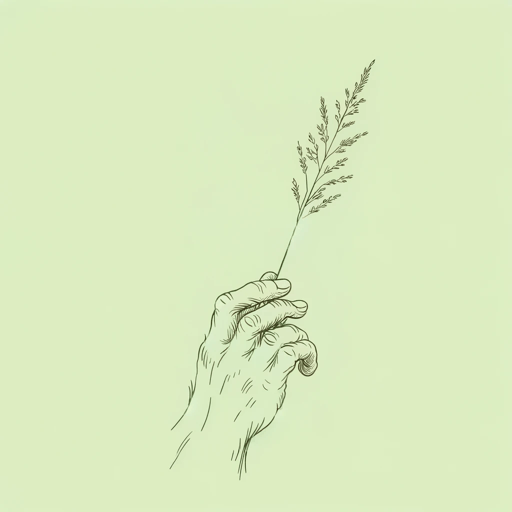53 pages • 1 hour read
Jane Goodall, Douglas AbramsThe Book of Hope: A Survival Guide for Trying Times
Nonfiction | Autobiography / Memoir | Adult | Published in 2021A modern alternative to SparkNotes and CliffsNotes, SuperSummary offers high-quality Study Guides with detailed chapter summaries and analysis of major themes, characters, and more.
Summary and Study Guide
Overview
The Book of Hope: A Survival Guide for Trying Times (2021) is a self-help, dialogue-style book co-authored by Jane Goodall and Douglas Abrams. Goodall is a well-known English primatologist, naturalist, and climate activist who rose to prominence after her groundbreaking observations of chimpanzee behavior in Gombe, Tanzania. Abrams is an author, editor, literary agent, and film producer. Much of his work is non-fiction, and like Goodall’s work, it revolves around creating positive and lasting social change.
The pair work to define hope and how the concept can inspire action to prevent greater climate change and biodiversity loss. The book also details Jane’s main reasons for maintaining hope and her journey to becoming a global icon for hope.
This guide uses the 2021 Celadon Books hardback edition.
Content Warnings: The source text contains discussions of animal experimentation and abuse, rape, genocide, murder, suicide, depression, substance abuse, pandemic, climate crisis, and loss of close family.
Language Considerations: While it is customary to refer to an author by their surname, Jane Goodall and Doug Abrams consistently refer to each other as “Jane” and “Doug” in both dialogue and narration. Henceforth, this guide follows that convention for clarity.
Summary
In the Prologue, Jane writes a letter to the reader about the “dark times” people in the early 21st century are living through and how readers can turn to hope to get through them.
Parts 1, 2, and 3 are written in the first-person point-of-view of Jane’s co-author, Doug. In Part 1, Doug visits Jane’s home in Tanzania. Jane tells Doug about her rise to prominence as a primatologist and naturalist, and how she stayed hopeful while she struggled to observe chimpanzee behavior and gain their trust. They discuss the theme of The Nature and Power of Hope at length, defining hope and differentiating it from words like “faith” and “optimism.” Jane does this through anecdotes, while Doug supports these observations via his research into the field of hope studies. They both agree that hope is a vision for the future that involves taking tangible action. Jane wants to spread hope to motivate people to work toward a healthier planet in the face of unprecedented climate change, biodiversity loss, and other struggles. Doug is initially skeptical about the power of hope. Toward the end of these discussions, Doug must fly back to the United States to be with his father, who is ill. This makes their conversations about hope pertinent to Doug’s real life.
Four months pass before Part 2, where Doug and Jane meet in the Netherlands. Doug’s father has died, and Doug finds comfort in how Jane explains her four reasons for maintaining hope. First, she thinks about the amazing human intellect that differentiates humans from other primate species. Jane identifies spoken language, and the community building and exchange of information it enables, as a huge factor. Jane thinks humans are tenacious, but need a new moral code in which people face up to and begin to actively solve the environmental problems they have caused. Part of this means recognizing The Interrelation of Plant and Animal Species, in which humans, other animals, and the environment are wound into a single, interdependent ecosystem.
Jane’s second reason for hope is the resilience of nature. She thinks about several trees who have come back from extreme circumstances, like the World Trade Center’s “Survivor Tree” or two Judean date palms made of 2,000-year-old seeds. Doug is more pessimistic about the ability of humans to help nature recover. Jane admits there is much to be angry about but thinks that people must maintain hope that things will change.
Jane’s third reason for hope is the power of young people. She talks extensively about the successes of her initiative, Roots and Shoots, which emphasizes The Significance of Youth Activism and Education. There are Roots and Shoots programs all over the globe, and Jane has many testimonials about tangible ways the program has educated children, given them hope for the future, and empowered their voices and opinions. Jane thinks if there is a groundswell of people with hope, which in turn inspires action, it will lead to better global outcomes.
Jane’s fourth reason for hope is the indominable human spirit, which she started to notice as a child growing up during World War II. Jane tells stories she has heard or experienced through the years about how humans show resilience in the face of extreme adversity. She takes this as proof that humanity can get through the difficult global circumstances and move toward better climate futures. Jane and Doug part in December 2019.
They do not meet again for Part 3 until almost a year later, because of the onset of the global COVID-19 pandemic. In fall, they’re finally able to talk on the video conference platform Zoom. Doug asks Jane how she grew from a shy child to a global icon for hope. Jane says she was driven by external forces on a “mission,” especially after she saw medical mistreatment of chimps in labs. This, in turn, drew her awareness to the disenfranchisement of various human populations that leads to adverse circumstances for chimps; Jane wants to help the humans, which will in turn help chimps, other animal species, and environments at large. Jane personally believes in a single spiritual entity who guides her through life. She sees death as her next great adventure and hopes it helps her understand the universe better.
In the Conclusion, Jane writes a letter to her readers. She reiterates the difficult contemporary circumstances, particularly how COVID-19 has reshaped the globe for positive and negative. Ultimately, she hopes her readers see this book as a beacon of hope that inspires them to act for better climate futures for the planet.
Related Titles
By these authors



